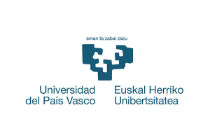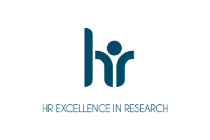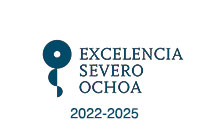 Eventos pasados: Usha Goswami. Language Acquisition, Neural Entrainment and Phonological Development
Eventos pasados: Usha Goswami. Language Acquisition, Neural Entrainment and Phonological Development
Usha Goswami. Language Acquisition, Neural Entrainment and Phonological Development
What: Language Acquisition, Neural Entrainment and Phonological Development
Where: BCBL auditorium
Who: Usha Goswami. Centre for Neuroscience in Education, University of Cambridge, UK
When: 12:00 PM
Recent insights from auditory neuroscience provide a new perspective on how the brain encodes speech. Using these recent insights, I will provide an overview of key factors underpinning individual differences in children’s development of language and phonology, providing a context for exploring atypical linguistic development. I will describe an oscillatory “temporal sampling” neural framework for linking amplitude rise time discrimination to linguistic development by children, drawing on data from dyslexia studies. I will show that sensitivity to the amplitude modulation (AM) structure of infant-directed and child-directed speech is key to individual differences in phonological development, and that this AM structure contains acoustic statistical cues to both phonology and morphology. Children with dyslexia are relatively insensitive to these amplitude modulation cues and speech rhythm patterns. This lack of rhythmic sensitivity is related to the atypical neural encoding of amplitude modulation patterns in speech via neuronal oscillatory entrainment. I will finish by describing our new ERC project, ‘Temporal Sampling for Infants’. We are studying neural entrainment to rhythmic speech in 100 typically-developing infants from age 2 months, and measuring language outcomes up until 2.5 years.
Goswami, U. (2011). A temporal sampling framework for developmental dyslexia. Trends in Cognitive Sciences, 15 (1), 3-10.
Goswami, U. (2015). Sensory theories of developmental dyslexia: Three challenges for research. Nature Reviews Neuroscience, 16, 43-54.
Flanagan, S., & Goswami, U. (2018). Modelling the amplitude modulation structure of child phonology and morphology speech tasks. Journal of the Acoustical Society of America, 143 (3), 1366 – 1375.








